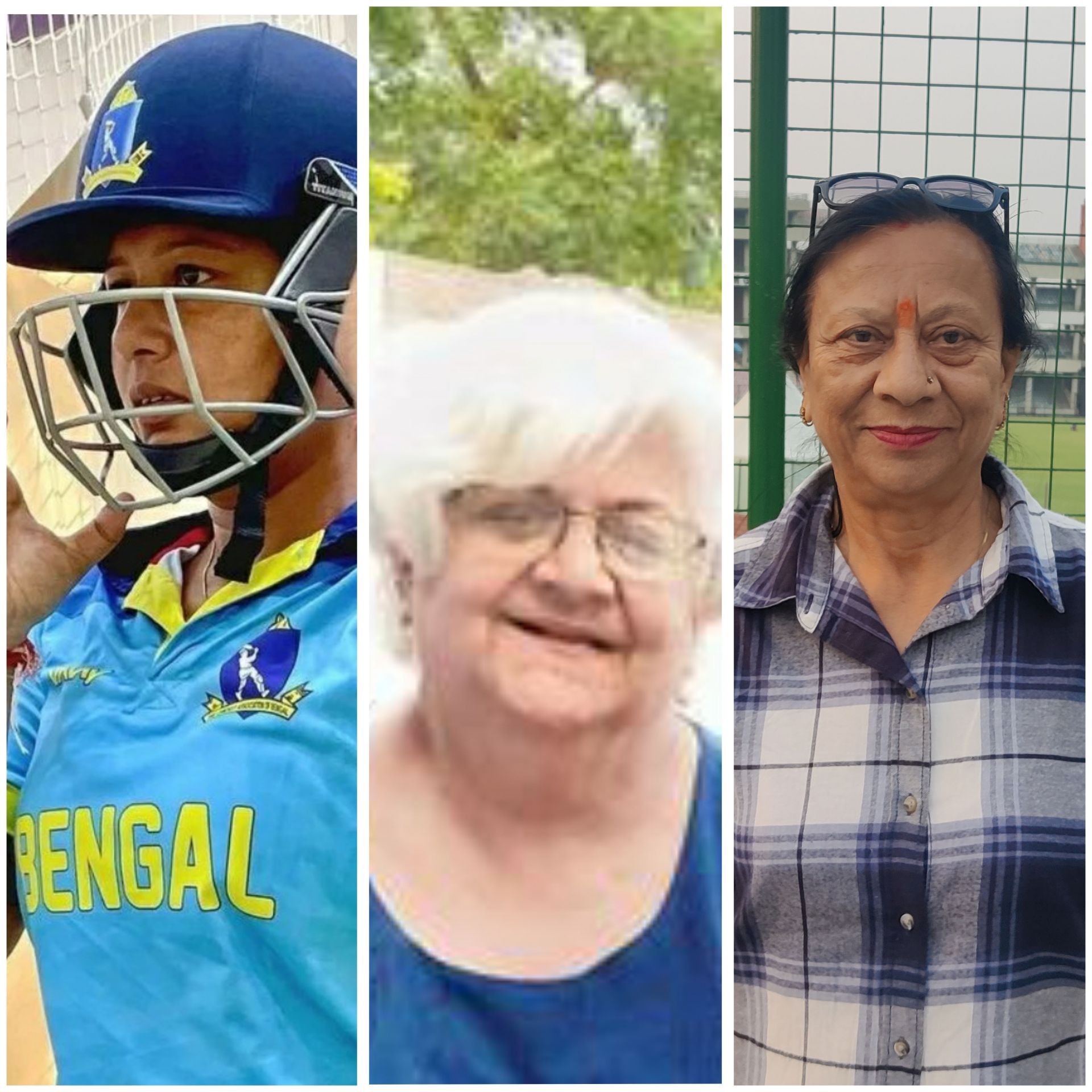
Not Mithali Raj or Jhulan Goswami, the other side of the story of retired women cricketers
Jhulan Goswami received a grand farewell as apart from the cricket fraternity, cheers in the stadium, and posts on social media acknowledged her contribution to women’s cricket. Even the retirement of Mithali Raj and Anjum Chopra created ripples around and outside the cricket circle.
Except for a few such instances, women cricketers have largely retired almost in anonymity. However, it was only their passion for cricket that kept them moving despite the bare minimum of facilities on offer.
Such a love for cricket is also reflected in their choice of profession after retirement, where they cannot think of going anywhere but returning to the sport – either as coaches, selectors, broadcasters, umpires, or match referees.
However, some had to settle for non-cricketing jobs as well.
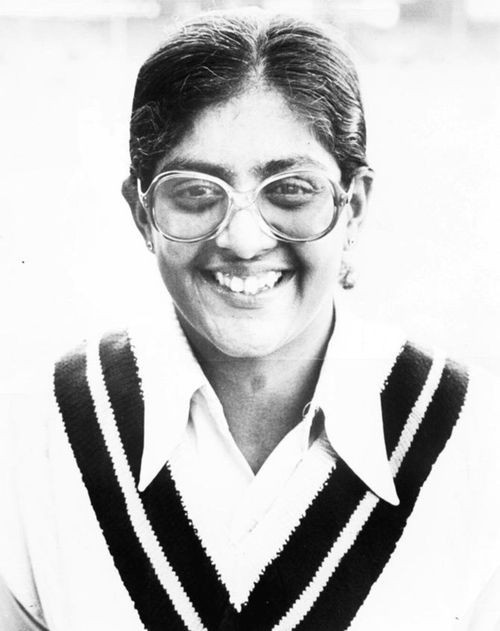
Shobha Pandit Mundkur was once an opening batter for the Indian women's cricket team. She initiated her career in 1973-74, just as women's cricket had started seeing its dawn in India.
She played 17 Tests and a World Cup too. She retired in 1984 and around 1983, she got married. After her marriage, Shobha Pandit became Shobha Pandit Mundkur.
She tried to settle down in a new life with a fresh set of routines of going to a school in Pune to teach physical education and cricket.
Shobha said:
“I wanted to write an autobiography post-retirement and I did that but it wasn’t easy to complete it.”
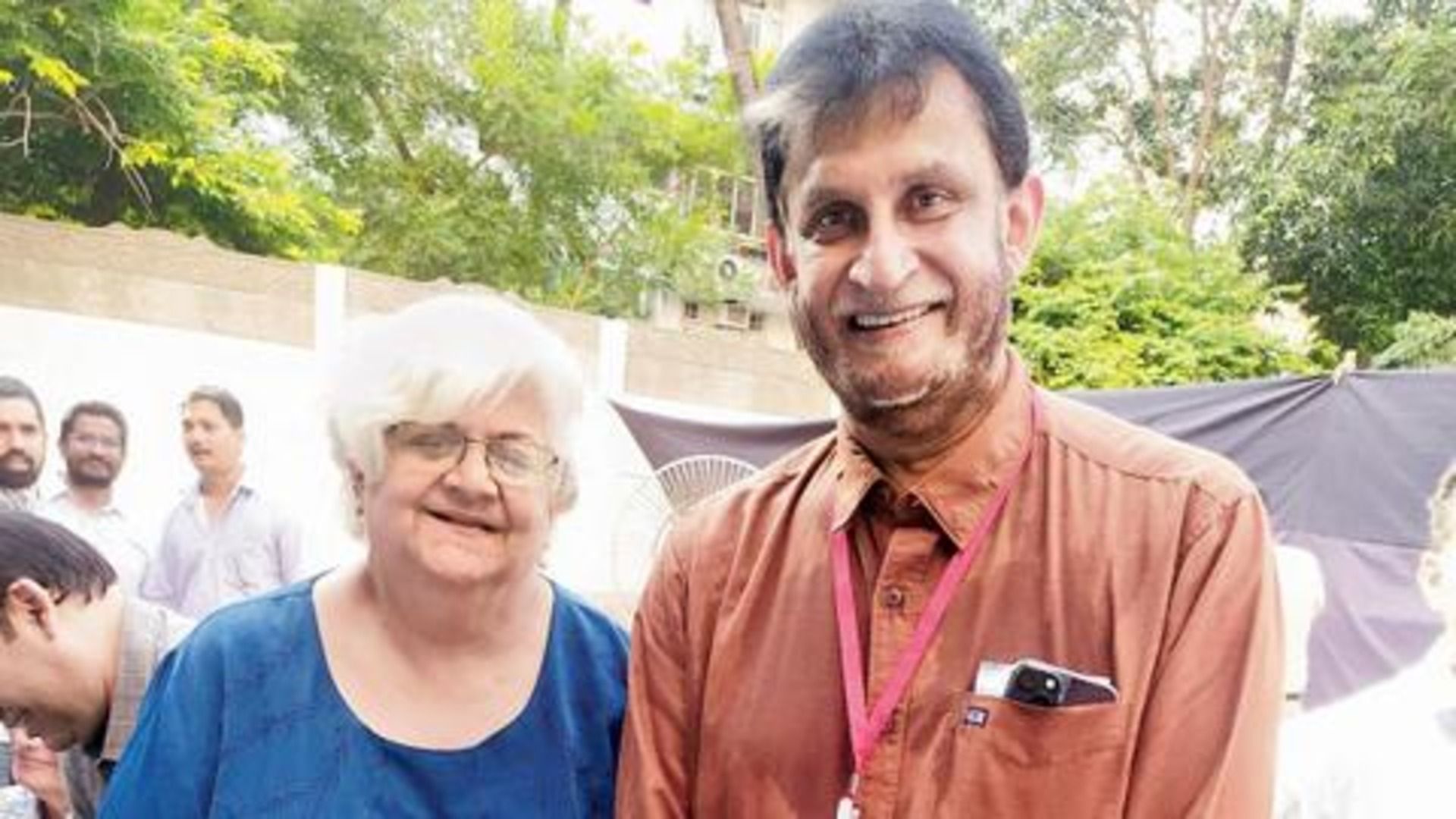
Things changed after her husband’s death in 1999. He used to work in a reputed cement company at a managerial level. After her husband's demise, she had the responsibility to raise two of her daughters all by herself.
Shobha then had to leave her regular job and plied her trade as a freelance cricket coach and as a receptionist at a clinic. At night, she used to take out time to write at least a few materials for her book.
Later in 2013 due to a doctor’s grave negligence during an operation, Shobha's left leg lost senses and became inoperational. Even then, her spirit to teach students cricket continued. She started to teach online.
Shobha stated:
“I ask students to send their videos of how they are playing and then I correct their posture and technique over the call."
She also has an autobiography titled 'Beyond Boundaries.'
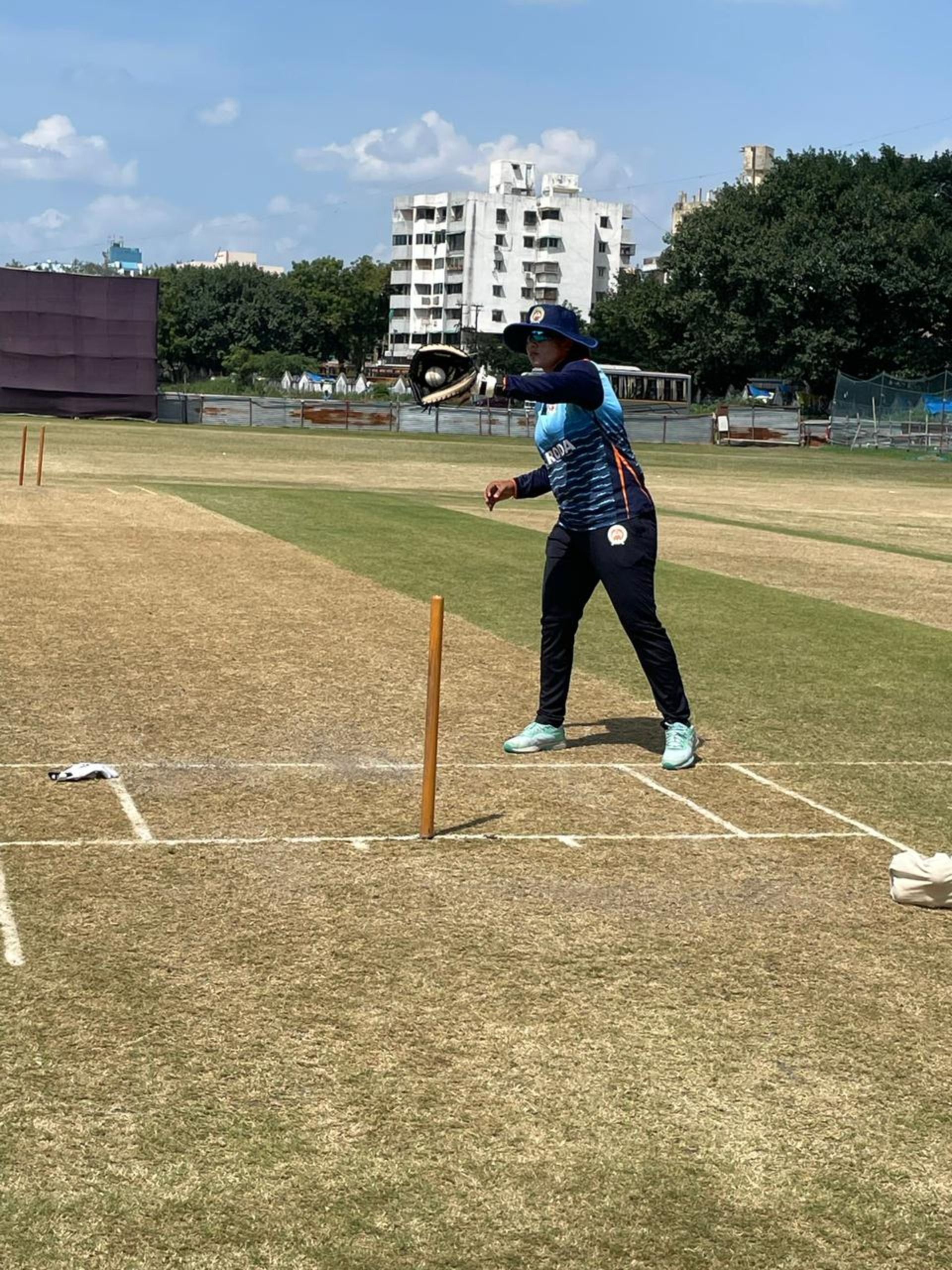
Rumeli Dhar, once hailed as the comeback queen, can be seen as a bowling coach for Baroda’s women's team after her retirement earlier this year.
Rumeli dared to make a comeback for the Indian team at the age of 34 in 2018 after recovering from a shoulder injury.
Interestingly, even after retirement, you cannot address her as a ‘former cricketer’. She calls herself an active player in a coaching role! Cricket runs deep into her veins and she is now a certified level 2 BCCI coach.
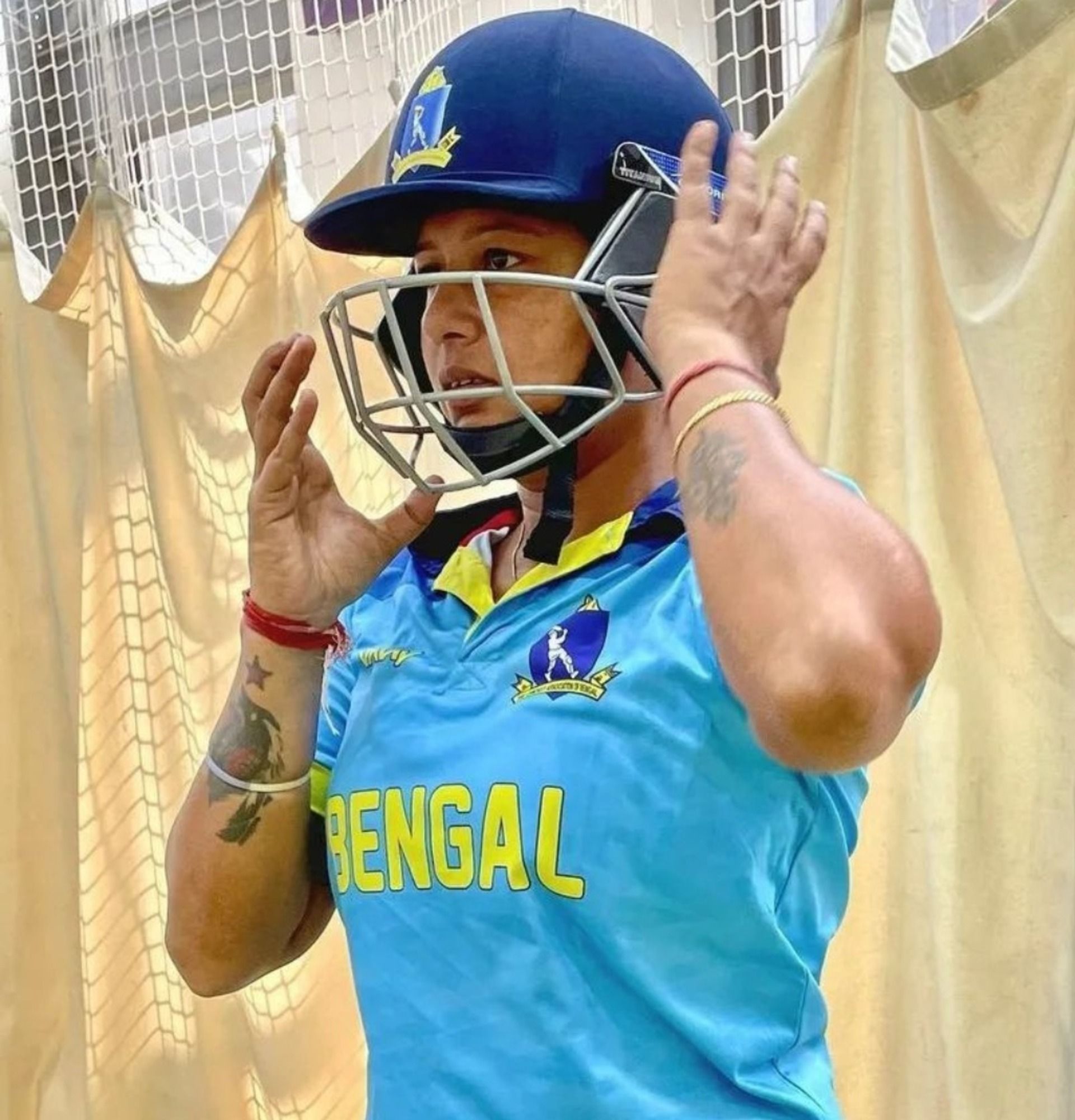
Rumeli said:
“I always wanted to be a coach after my retirement. In 2003, I started playing international cricket. Even when I was playing, I started coaching girls individually and later pursued it as a profession.”
Anjum Chopra even told Sportskeeda that during her time as an active player, she had already started her broadcast journey on TV, as she aimed to become a broadcaster and a commentator after her retirement.
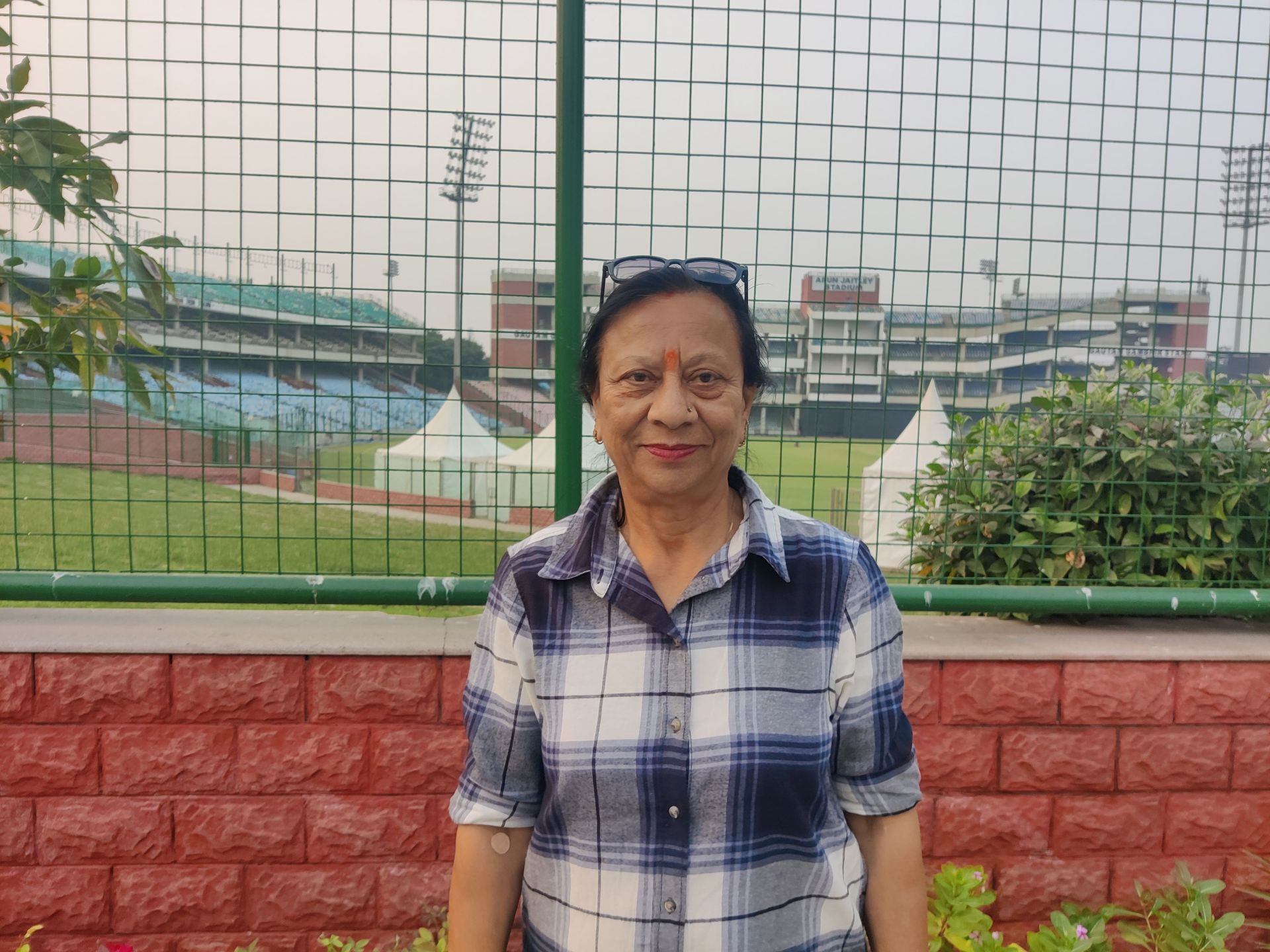
Once a Delhi team player, Sunita Sharma may not have been able to don the blue jersey in her cricketing career, but she created history by becoming India's first female coach in 1979. She is also the only female cricketer to be a Dronacharya awardee.
At 60 now, she has been shaping women cricketers for the past 40 years. Not only has she groomed girls like Anjum Chopra, Anju Jain, and Amita Sharma but has been a technical guru for Deep Dasgupta and Ajay Jadeja.
While speaking to Sportskeeda, Sunita said:
“I have played more than 35 first-class matches. Post-retirement, when no one was thinking of going for a coaching career, I trained at the Netaji Subhas National Institute of Patiala (NSNIS) in 1976 and started as a cricket coach with the Sports Authority of India in 1979. SAI has training grounds for every sport and that’s where my career as a cricket coach started.”
Sunita accompanied the Indian women’s team at T20 World Cup 2017 as the team manager.
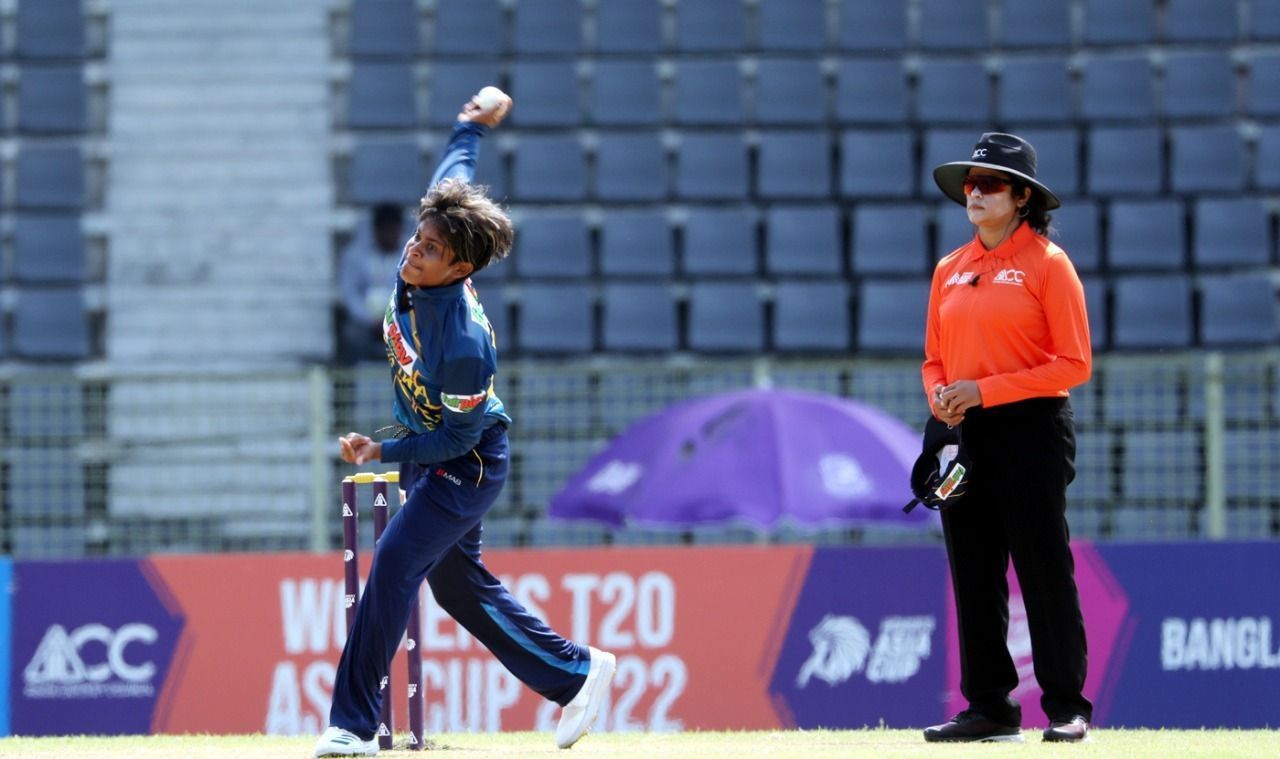
Gayathri Venugopalan's career was restricted to only university-level cricket, but she became the first female BCCI umpire from North India.
In fact, she, along with Vrinda Rathi from Mumbai, and Janani from Tamil Nadu, are the only three female BCCI umpires out of a strength of around more than 140 BCCI umpires!
Gayathri told Sportskeeda:
“It is strange to see why not many women cricketers did not choose umpires as a profession. When I joined as an umpire, I used to earn 800 per day in 2013. Now, based on the category of umpires you belong to, we get paid and it is quite a decent amount.”
As per the category of umpires, these are the fees on a per-day basis:
For matches other than T20s
For T20 matches
During BCCI’s official tournaments, fees increase.
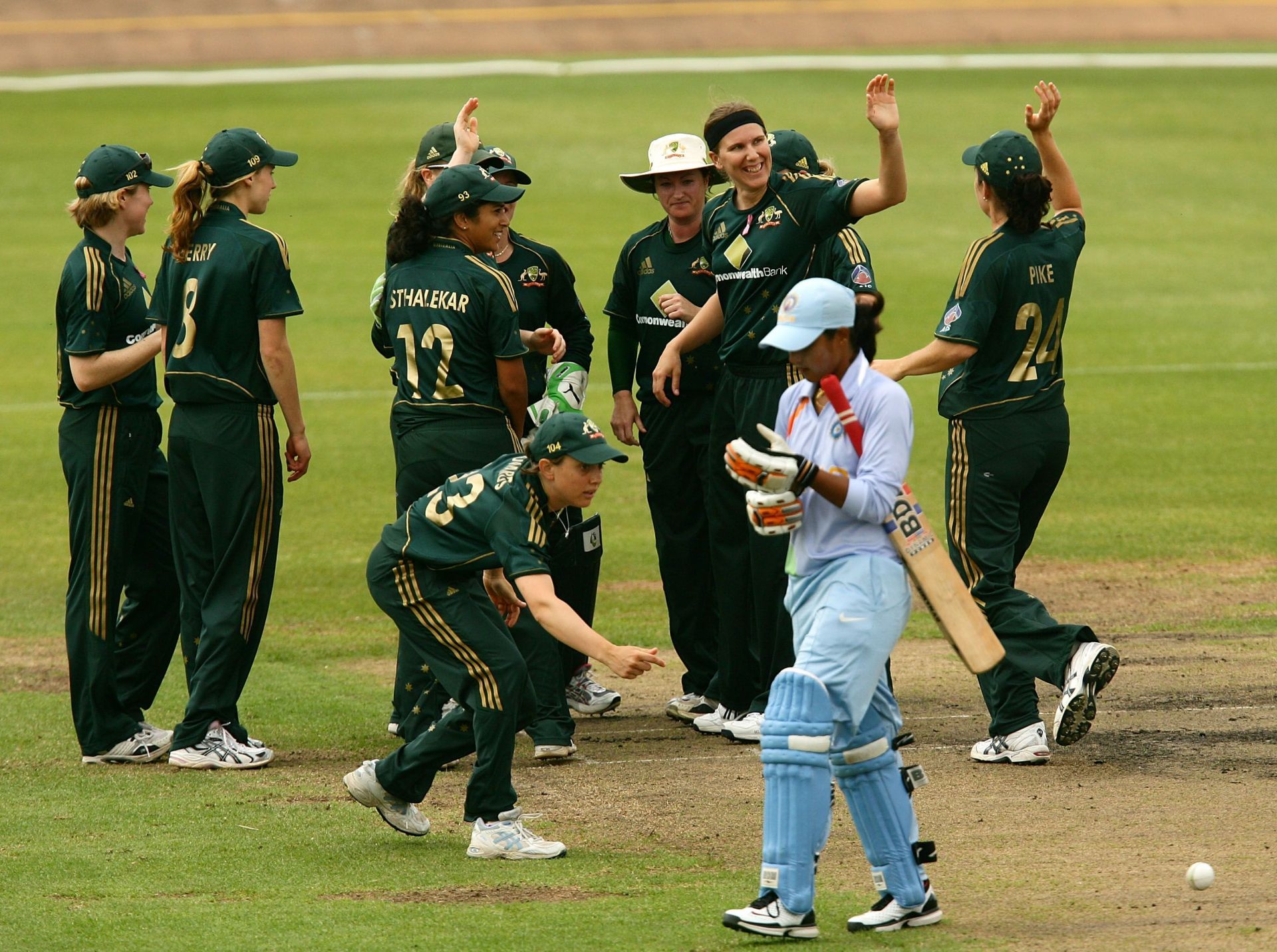
Pension schemes and gratis are there, but no match records rob the benefits off…
In 2008, the BCCI started a pension scheme for former women cricketers who have played for India. Sharad Powar, BCCI president, and women’s committee convenor, Shubhangi Kulkarni, supported the cause.
For ex-international level women cricketers:
(a) Played more than 10 test matches- 45,000 per month
(b) Played 1-9 test matches- 30,000 per month.
For former ODI-international players, only those players get pension schemes who have played more than three ODIs before 2002 and at least one Test match.
The amount was around ₹22,000 and ₹15,000 per month, respectively, in 2008.
Apart from the pension scheme, there is also a one-time benefit where slabs for former female cricketers are as follows:
This scheme is also for retired women players who have played international ODI matches, but it is calculated as three ODIs into one Test match.
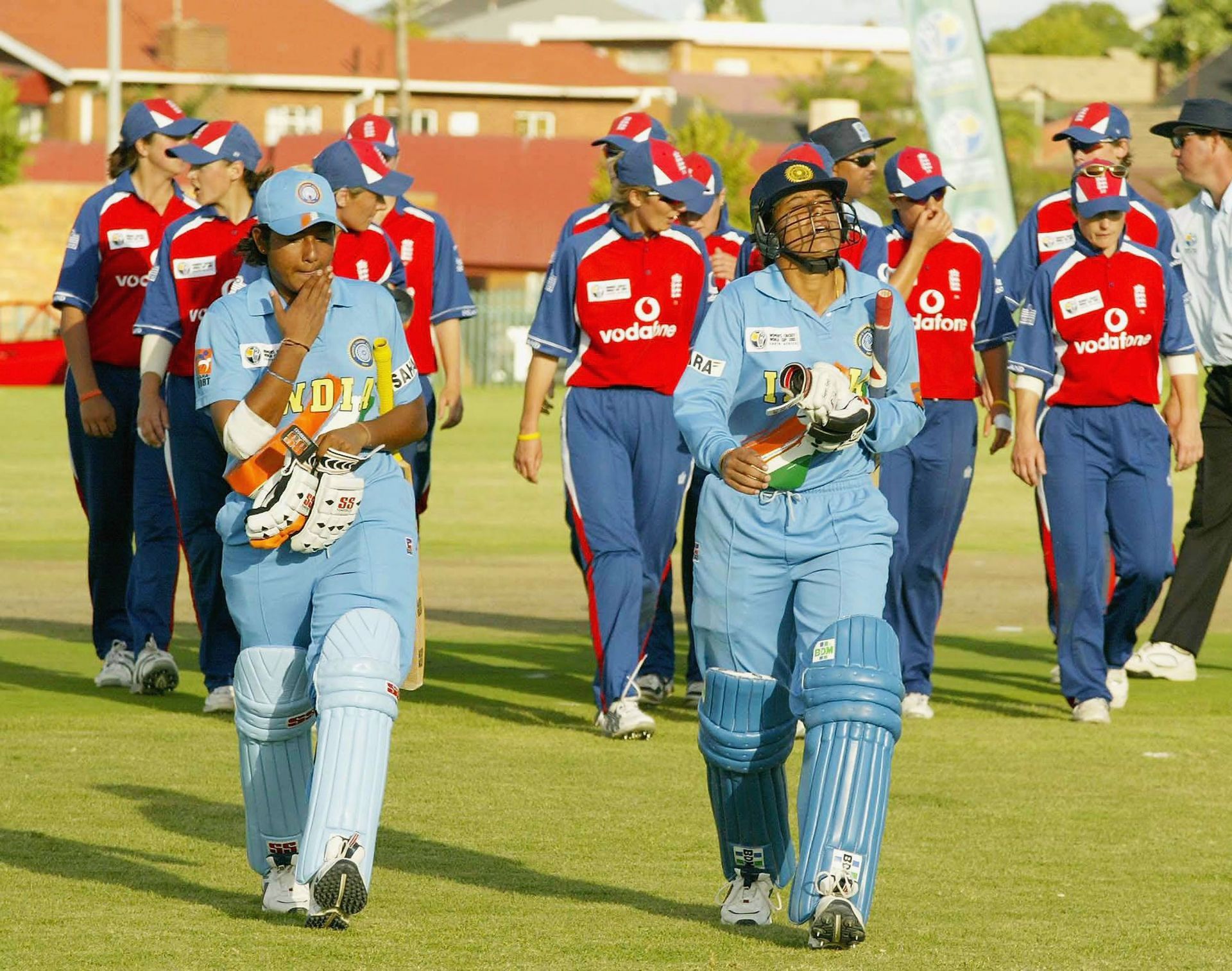
What about players who haven't played for India? What about players who haven't played Test cricket but only ODIs? What about their pension scheme?
Also, since Indian women's cricket came under BCCI in 2006, the major challenge is how to get authentic records of women cricketers.
Ironically, women cricketers have not even played a decent number of Test matches.
According to ESPNcricinfo, the Indian women’s team have played only 39 Test matches since 1976.
In terms of domestic first-class matches, it was only under the Women’s Cricket Association of India that women cricketers played Test matches (Rani Jhansi Trophy).
After the BCCI took over in 2006, the Rani Jhansi Trophy was discontinued.
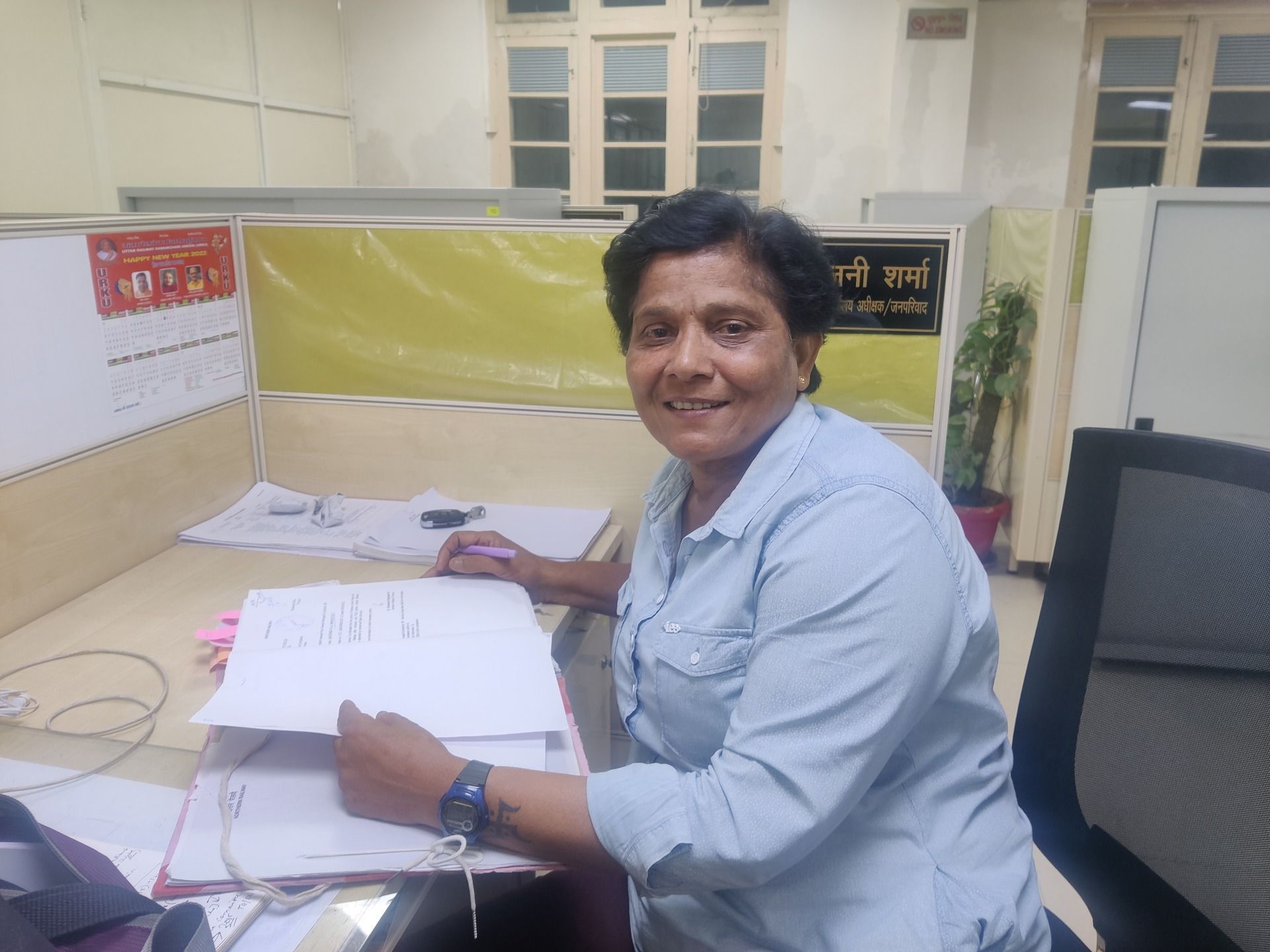
Rajni Sharma, a former all-rounder, was one of the three coaches for the Railways in this year’s Senior Women’s T20 Trophy, with her team emerging victorious in the domestic tournament.
Rajni represented Delhi during her playing days. She played more than 25 first-class matches but never got a chance to don the India blues.
Post-retirement, she landed a job with the Railways and has since been coaching on the side. In 2019, she was appointed as the head coach of the Delhi team.
She is among those women who are not covered under the pension scheme as she never played for India.
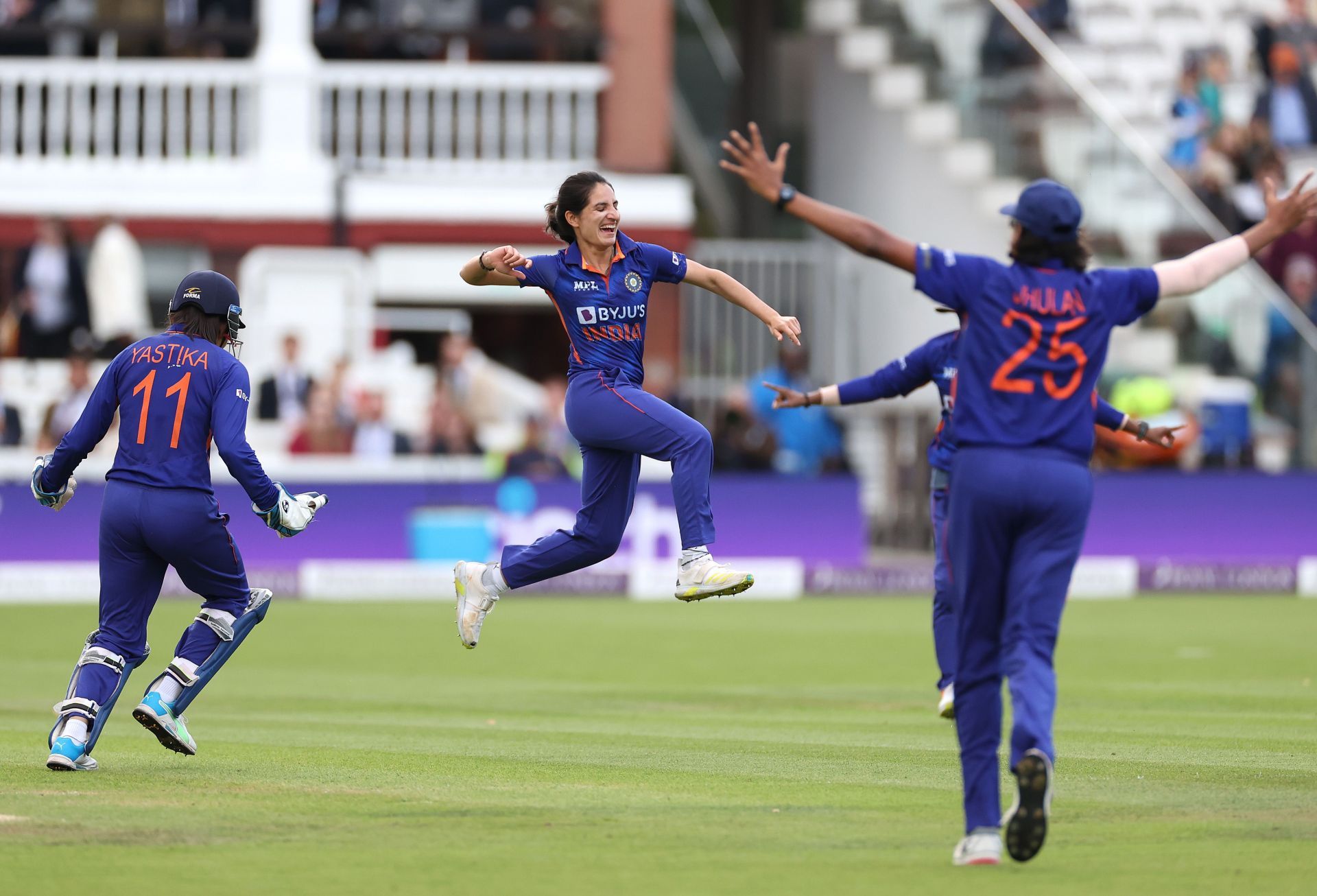
The way forward
Latika Kumari, a former opener for the Indian team, retired in 2015. She tried to get a job at ONGC but couldn’t get it as they do not have a women’s team to hire cricketers based on that record.
She then settled for a physical education teacher and taught in three Delhi schools. Latika even opened her own gym in her basement to get some kind of stable income.
She also tried her hand as a broadcaster and presented sports news on the national TV news channel. However, it was only recently when she was recruited as U-19 Delhi women’s coach, she felt satisfied with her job after retirement.
With the initiation of the U-16 tournament and the Women's IPL, several retired women cricketers will queue up again to start their second innings with cricket as a coach, selection staff, or mentor.